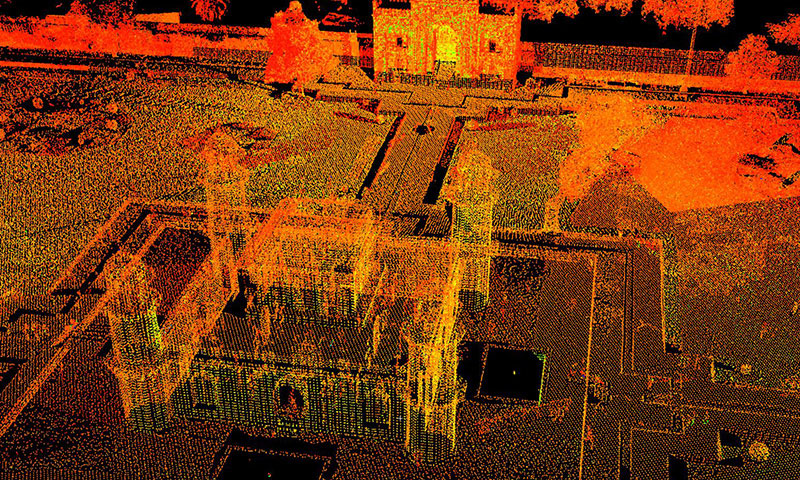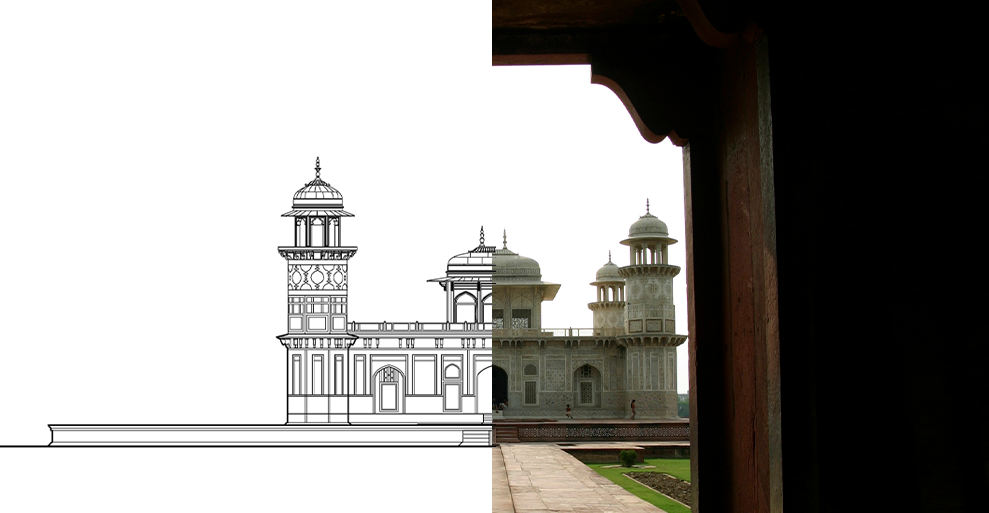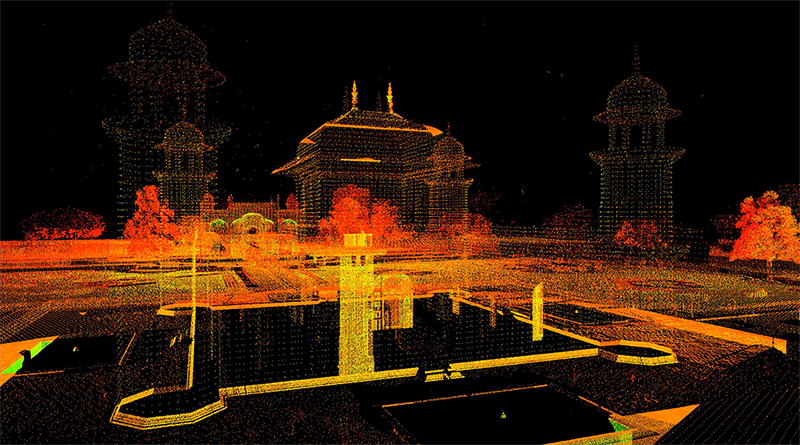|
A visual marker for the development of Mughal architecture built in 1628 |
||||
|
The mausoleum of Itmad-ud-Daulah was built between 1622 and 1628 by Nur Jahan, Jahangir’s wife for her parents. Nur Jahan Jahangir is known as a prolific patron of architecture including gardens at Agra and in Kashmir and caravanserais in Punjab. She supervised the construction of Jahangir’s tomb and built her own in Lahore. Nur Jahan’s father, Ghiyas Beg Tehrani, who obtained the title Itmad-ud-Daulah (‘Pillar of the Empire’) from Jahangir served as one of his leading officials. Although the tomb is situated along the riverfront it does not follow the same riverfront plan design of the Taj Mahal and is set within the traditional chahar bagh planning system. |
||||
|
Exploring building details and construction |
||||
|
The mausoleum is situated at the center of the chahar bagh and is in some ways reminiscent to the platform tomb that became popular during Jahangir’s reign. Like Akbar’s tomb where the main body of the structure supports individual structures that are set atop, the main body of the structure is a square with octagonal piers at each of its four corners. The square plan is further subdivided into nine parts like that of Humayun’s with a central space that designates the location of the cenotaphs as larger than that of the secondary spaces. In contrast to the reserved manner in which materials are used at the mausoleums of Humayun and Akbar, which employ red-sandstone as the primary cladding material, that is highlighted by marble insets that accentuate areas of structural transition, and used to create decorative motifs, the tomb of Itmud-ud-Daulah introduces the pietra dura technique of inlaying colored stone into a marble surface. This technique is later transformed at the Taj Mahal with the addition of semi-precious stones. The building is capped by a white marble pavilion and framed by octagonal corner piers. Although it is smaller in scale, reflective of the status of the individual for which it was built, the overall design of the tomb of Itmad-ud-Daulah, provides an important visual marker for the development of Mughal architecture and links the simplicity and Indo-Islamic features of Akbar’s tomb and the evolution of material usage and framing devices to the Taj Mahal. The octagonal forms that are found in the plans of Humayun’s and Akbar’s tombs are found in the form of minarets at the tomb of Itmad-ud-Daulah which aid in grounding the building and unifying its overall composition. Even though it is much smaller in scale than any of the other Imperial tombs discussed in this article, Itmad-ud-Daulah’s tomb comes closest in form to the ideal proportions found at the Taj Mahal.
|
||||
|
Documented elevation and site photo (credit: DHARMA)
Point cloud scan data of the complete site and context
Field survey photos of the stunning marble inlay patterns (credit: DHARMA) |
||||


 Objectives
Objectives 


